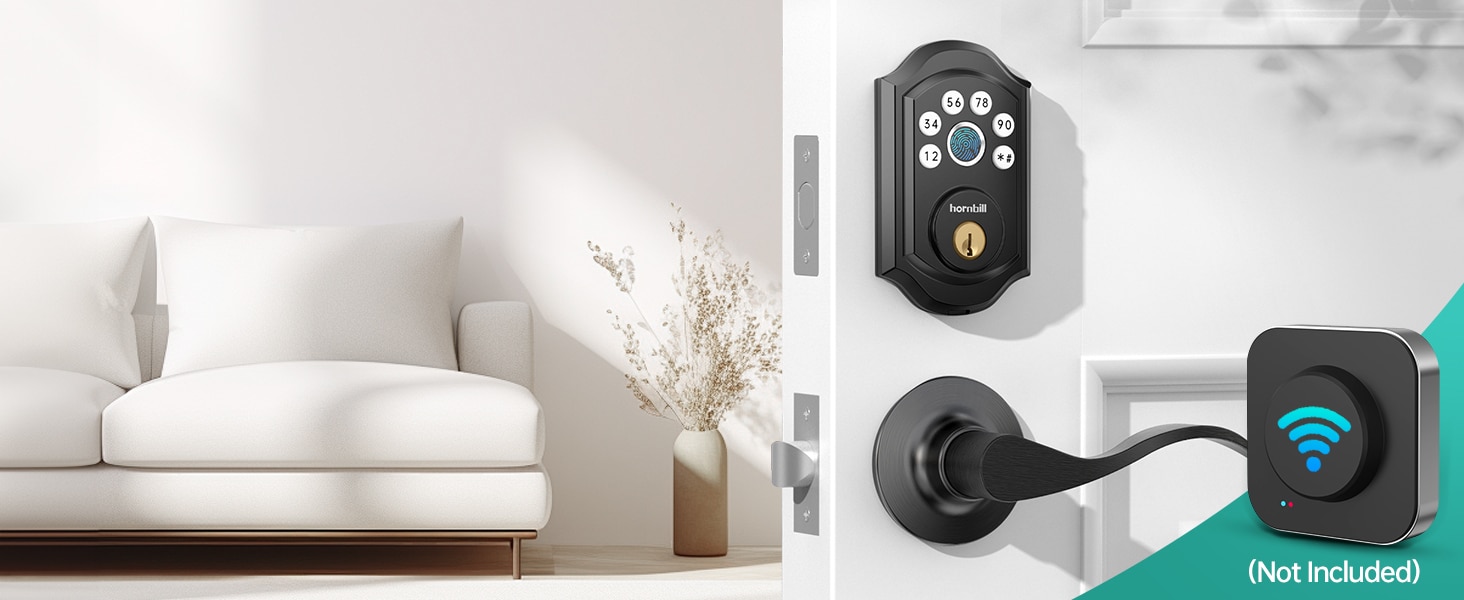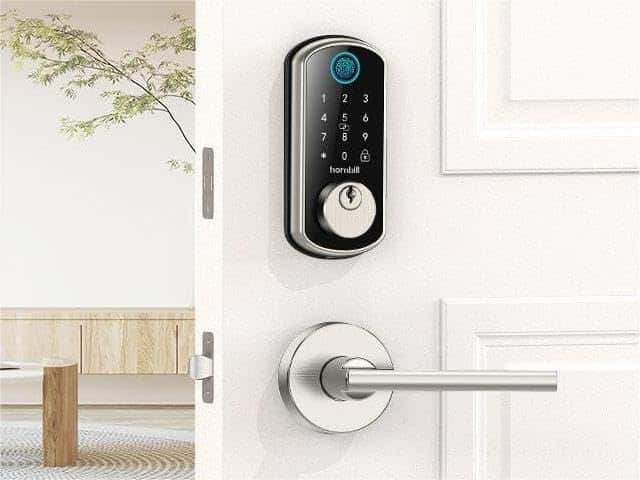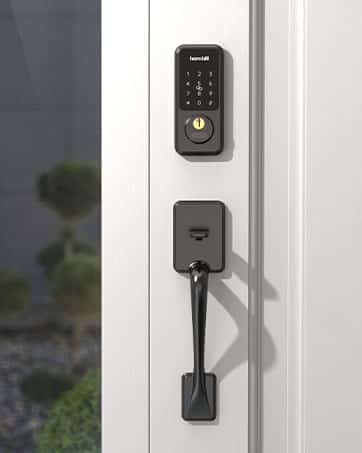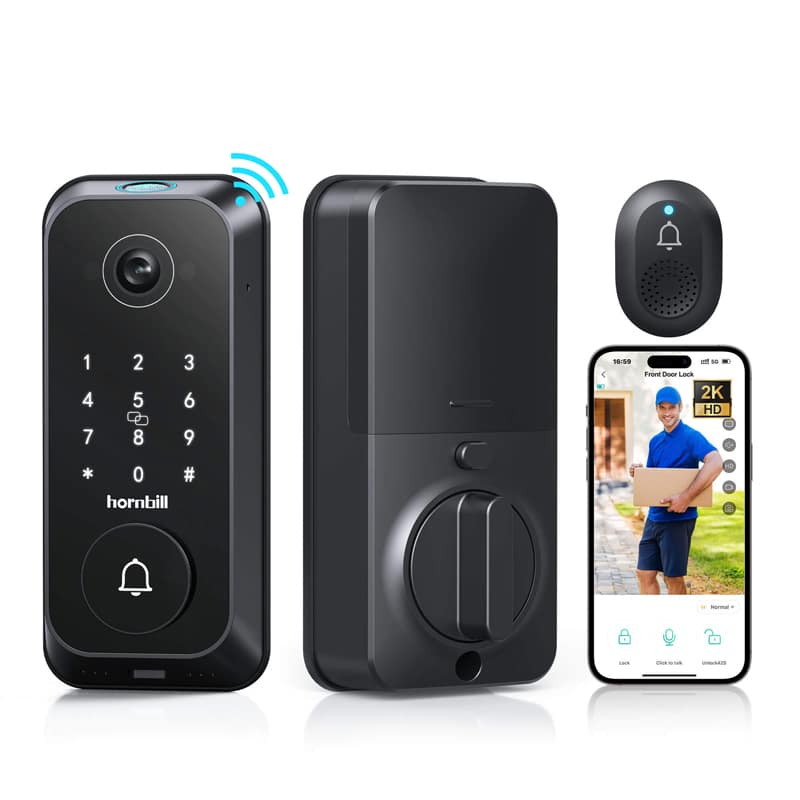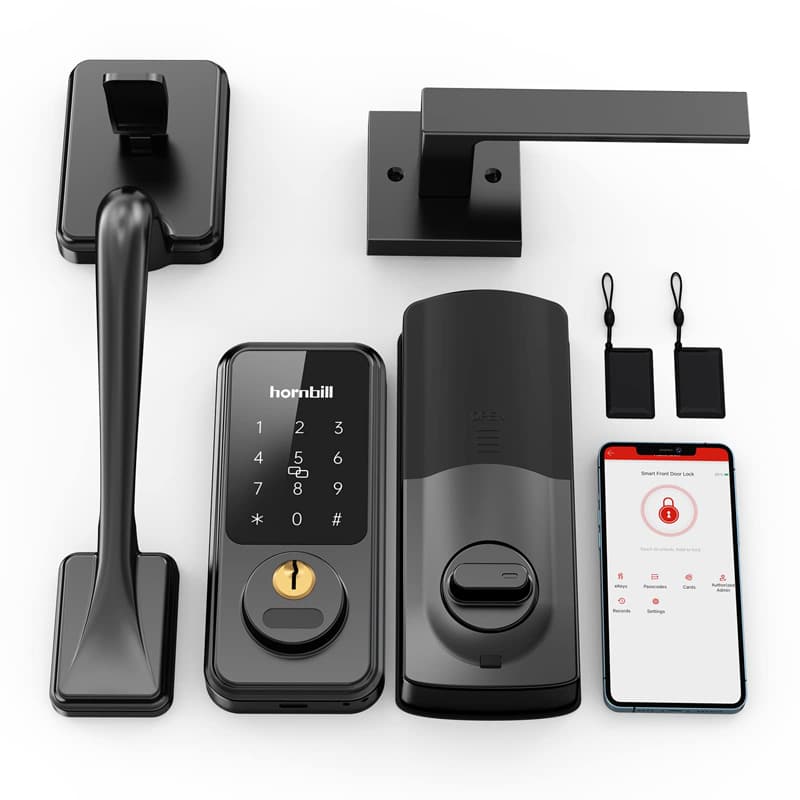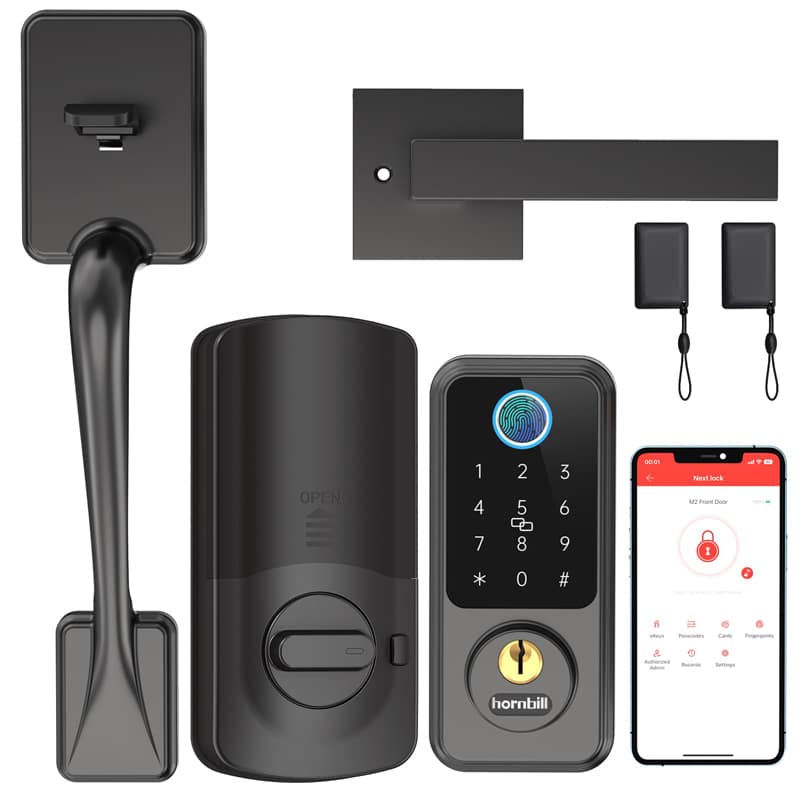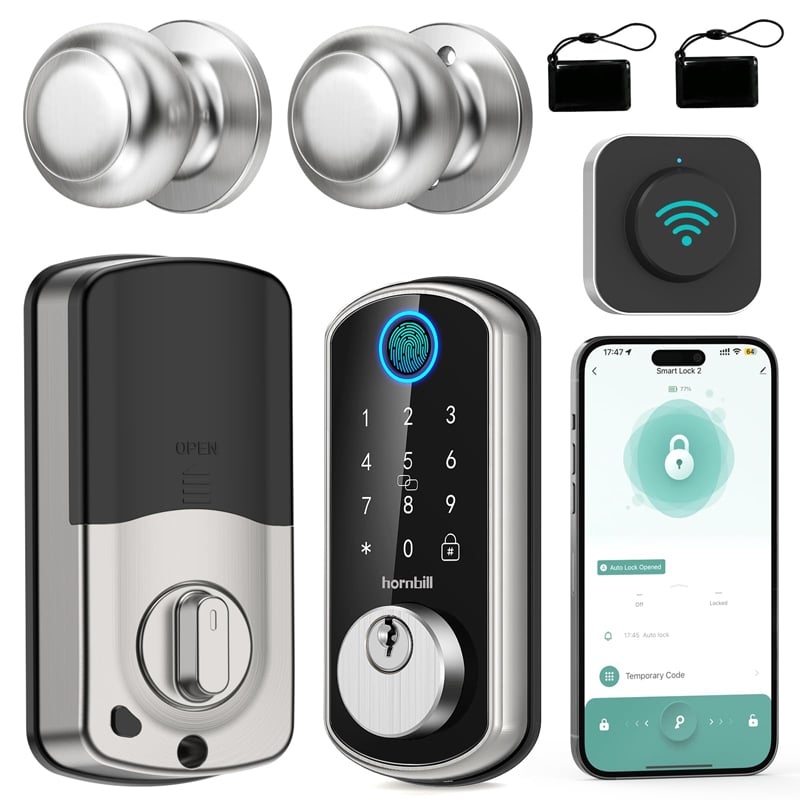As the world moves more into the digital age, traditional keys and locks have started giving way to alternatives like code locks, significantly enhancing the accessibility and security of homes and businesses. However, as with any electrically-powered device, a valid concern for many potential users is about the power source for these locks and whether or not power issues could render the locks inoperative, denying the user access to their premises. This piece intends to assuage these apprehensions by exploring the structure of power sources in code locks and their potential issues.
Code locks, also known as electronic magnetic door locks or digital locks, typically use one of two types of power sources: they are either hardwired into the building’s electrical system or operated by batteries. There are pros and cons to each system.
Hardwired locks are connected to the building’s primary power source. These types of locks are often used in businesses or high-security areas, as they ensure a continuous power supply to the lock, thereby minimizing the risk of a power outage. However, since the lock is directly tied to the building’s primary power grid, issues such as power outages due to storms, electrical faults, or other unforeseen circumstances may render the lock inoperable.
On the other hand, most residential code locks are battery-operated. They are cost-effective, easy to install, and do not depend on the building’s electrical system. Battery-operated locks typically use alkaline batteries or rechargeable lithium-ion batteries. While these batteries typically have a long lifespan, they do eventually run out of power and will need to be replaced or recharged.
Regardless of the type of power source, almost all code locks have a fail-safe mechanism in place to prevent being locked out due to power issues.
For electronic euro cylinders, many designs incorporate backup power provisions, like a secondary power circuit or a battery backup system. In the event of a power outage, the backup system is automatically engaged, keeping the lock fully functional until the primary power source is reinstated.
Most battery-operated locks are designed to give a noticeable signal when the battery starts running low. This warning could be a specific light signal, an audio signal, or a combination of both, alerting you well in advance to replace or recharge the batteries. Some advanced models also have power-saving features to minimize battery consumption.
Furthermore, several smart key electronic locks offer dual power options, running on a battery with the building’s power supply as a backup. This way, if the battery runs low, the building’s power supply takes over, and vice versa, ensuring the lock is always powered.
Additionally, many double-door electronic lock locks provide a mechanical key override system designed for power emergencies. As a last resort, the door can be unlocked using a traditional key.
To conclude, while power issues are a valid concern, they are unlikely to leave you locked out of your home or office. Code lock manufacturers consider these possible problems and have developed numerous countermeasures to ensure uninterrupted operation. Nevertheless, as a user of such technology, one should be aware and proactive in routinely checking and maintaining their locks. This could involve regularly testing the backup system, replacing batteries before they run out, or having a mechanical key on hand for emergencies.
Remember, as with any device, the best way to avoid potential pitfalls is to thoroughly understand how it works, maintain it well, and use it wisely. Securing your property doesn’t stop at choosing a lock; it involves regular upkeep to ensure the lock performs as expected, confirming that no matter how the power flows, your lock always remains reliable.


